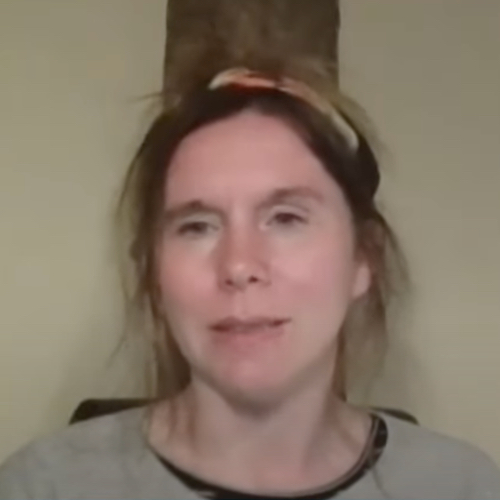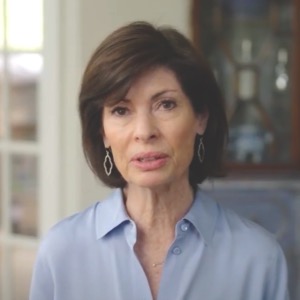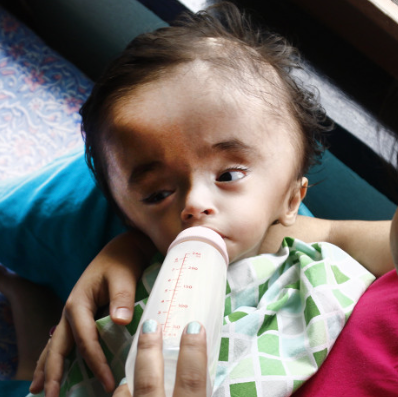In 2015, our family nightmare began when my daughter, Shalynne, showed up at the hospital in Las Vegas, Nevada.
My eldest daughter, Shalynne, decided to move out to Las Vegas to be closer with our family and to finish nursing school to become an RN. Soon after driving 23 hours straight, from Kansas City, she started complaining about the redness and pain spreading throughout her leg. Within days of her arrival, while I was on a business trip in Phoenix, Shalynne’s pain became so severe that she went to the local ER.
Shalynne was African American, had sickle cell trait, was on birth control, and had just completed a long drive from Kansas City to Las Vegas on an injured knee that was healing. Her symptoms and risk factors were classic of a rare, life-threatening condition called deep vein thrombosis. Also known as DVT, the condition occurs when a blood clot forms in the body; DVT is deadly if left untreated, but survival rates are excellent — about 95 to 97% — with adequate medical care.
Walking into the hospital, Shalynne was not sure if she had healthcare or not. Immediately, upon arrival, the intake receptionist asked if she had insurance. She replied, “no”. She was told it was going to be very expensive and if she left now it would not cost anything. The pain was so intense that she stayed. At their suggestion, my husband called Tricare, military insurance, to see if we could add her to our plan. Shalynne would not qualify, one of the reasons being that they do not cover our children between the ages of 21 to 23 unless they are in college full time.
Shalynne had just arrived and classes hadn’t started so she didn’t qualify. I received a call from Shalynne asking what to do and if I could call to try and get her on our plan. I told my daughter to not worry about the costs; just be seen and we would take care of the bill later. Once in the back, the hospital took her temperature and blood pressure, but when Shalynne mentioned that she did not think she had medical insurance to the hospital staff, the staff was of little help. Even after begging for additional diagnostic testing, they told her to get insurance and see a specialist, since, as an emergency room, they were not a doctor’s office. I received another call from Shalynne crying, “Mommy they’re not helping me”.
They did not satisfy even the bare minimum requirements for a patient presenting as Shalynne did, essentially telling Shalynne to go home. In other words, the hospital showed a lack of patient engagement, denying her proper care.
Shalynne did what they told her and applied for insurance and began researching specialists. Unfortunately, Shalynne had to fly back to Kansas City to finalize her move. Shortly after she landed, she went into cardiac arrest because of the blood clot that had travelled from her leg to her lungs.
I remember receiving the call from her father telling me of Shalynne’s condition. I was in utter disbelief. My daughter was so young with no known medical conditions that would cause an early death. My flight to Kansas City was almost excruciating. Upon walking into her hospital room, the severity of Shalynne’s condition was inescapable. All I could do was hold her hand and beg her to fight to live. My sister, an RN who lives in Kansas City, was appalled to hear how Shalynne had not been screened and kept weeping that they should have caught this.
With each hour that passed it became apparent I was going to lose my daughter. The pain is indescribable. When it was time to turn off life support, I climbed into bed with my daughter and held her. I wasn’t going to let her go through this by herself. My daughter died in my arms as I told her how much I loved her. My last words to Shalynne were, “You will not have died in vain”
Because Shalynne couldn’t show proof of insurance, she couldn’t obtain adequate treatment. Without access to medical treatment, Shalynne died an untimely death. All of her dreams and aspirations died with her.
The problems that I had experienced firsthand were twofold: first, my daughter could not present proof of insurance and second, all patients deserve treatment regardless of insurance status.
For over a year I was immobilized with unbearable grief. Eventually, my tragic loss motivated me to make a difference. During my research, I read that over 40,000 people a year die due to a lack of healthcare. It was at this point that I knew I could not continue with a comfortable existence. My eyes were opened and I would not close them again. I became an advocate for improved healthcare access, even launching a campaign for Congress in my home state of Nevada during the 2018 midterm elections. My journey on the campaign trail is featured in the Netflix documentary “Knock Down the House.”
Today, I continue to fight for improved access to medical care for those without health care coverage. I am a fierce supporter of Medicare for All and have worked tirelessly to improve health care access for the 29% of Americans who are underinsured, including 27.5 million Americans without any insurance, so that no one has to endure the pain our family has.







